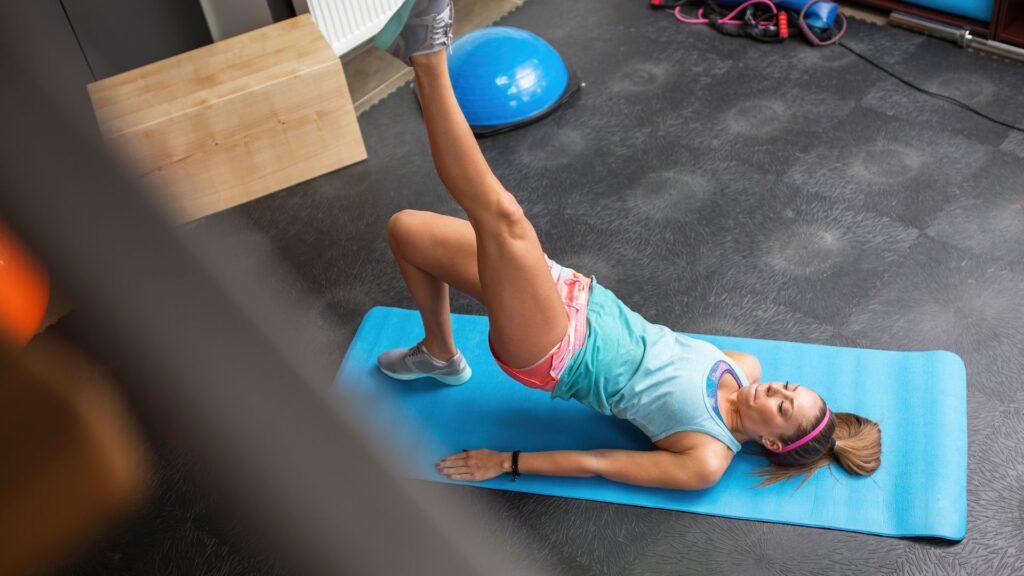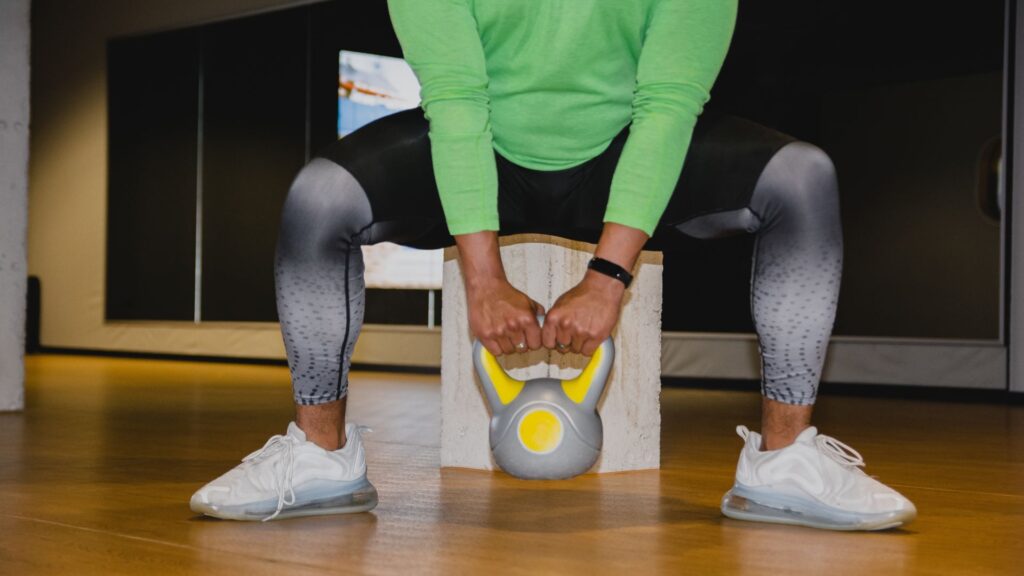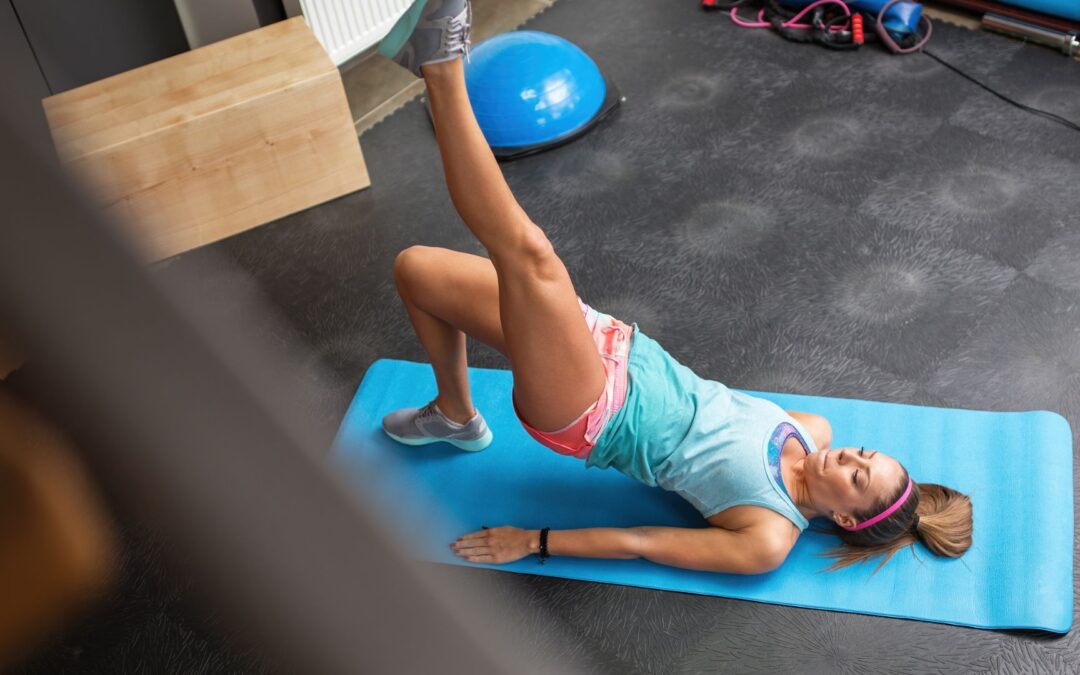
Before you begin, review My First Visit guidelines. Strong glute muscles are essential for spinal stability, proper pelvic alignment, and prevention of low back pain. Weak glutes often force the lower back to compensate, which can lead to discomfort, stiffness, or even injury over time.
This guide provides an easy-to-follow start for building glute strength at home or in the office.
Anatomy of the Glutes
The gluteal muscles include:
- Gluteus Maximus – primary hip extensor, supports upright posture
- Gluteus Medius – stabilizes the pelvis during walking or single-leg movements
- Gluteus Minimus – assists with hip abduction and rotation
These muscles play a critical role in transferring force between the legs and spine, maintaining pelvic stability, and preventing lumbar overload.
Why Glute Strength Matters for Your Lower Back
Weak glutes can contribute to:
- Lumbar hyperextension and strain
- Pelvic tilt and poor posture
- Reduced shock absorption during walking or running
- Compensatory tightness in hamstrings and hip flexors
Strengthening the glutes redistributes forces correctly, protects the lumbar spine, and enhances overall functional movement.
Quick Start Glute Exercises
1. Glute Bridge
- Lie on your back, knees bent, feet hip-width apart
- Press through your heels, lift hips toward the ceiling
- Squeeze glutes at the top, hold 2–3 seconds, lower slowly
- Repeat 10–15 times
Benefits: Strengthens gluteus maximus and stabilizes the lumbar spine.
2. Clamshells
- Lie on your side, knees bent 90°, feet together
- Open the top knee while keeping feet connected
- Hold 2 seconds, lower slowly, 10–15 reps per side
Benefits: Activates gluteus medius and improves lateral pelvic stability.
3. Standing Hip Abduction
- Stand tall, hold a chair for support
- Lift one leg sideways without tilting the torso
- Lower slowly, 10–12 reps per side
Benefits: Enhances hip control and prevents side-to-side pelvic drop during daily movement.
4. Bird Dog with Glute Engagement
- Hands and knees, extend opposite arm and leg
- Engage glute on the lifted leg, hold 3–5 seconds
- Repeat 10 reps per side
Benefits: Strengthens glutes and core simultaneously for full spinal support.
Tips for Safe and Effective Training
- Focus on quality over quantity: Proper form prevents compensation
- Breathe steadily during each exercise
- Perform exercises daily or every other day for best results
- Combine glute work with core strengthening to maximize spinal support

Integrating with Chiropractic Care
Chiropractic adjustments complement glute training by:
- Restoring proper spinal and pelvic alignment
- Reducing compensatory muscle tension
- Enhancing range of motion in the hips and lower back
Together, exercises and chiropractic care provide long-term relief, improved posture, and reduced back strain.
Final Thoughts
Strong glutes are essential for a happy, stable spine. These quick exercises can be performed at home or in the office and provide foundational support for your lower back.
Take the next step toward spinal health — schedule your consultation through Contact or Visit.
